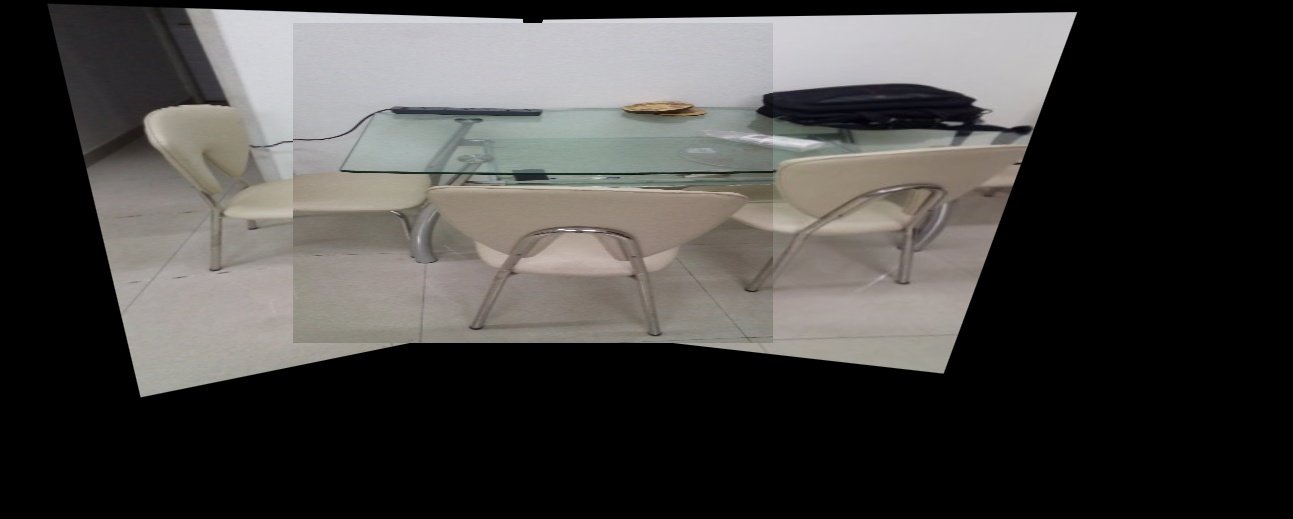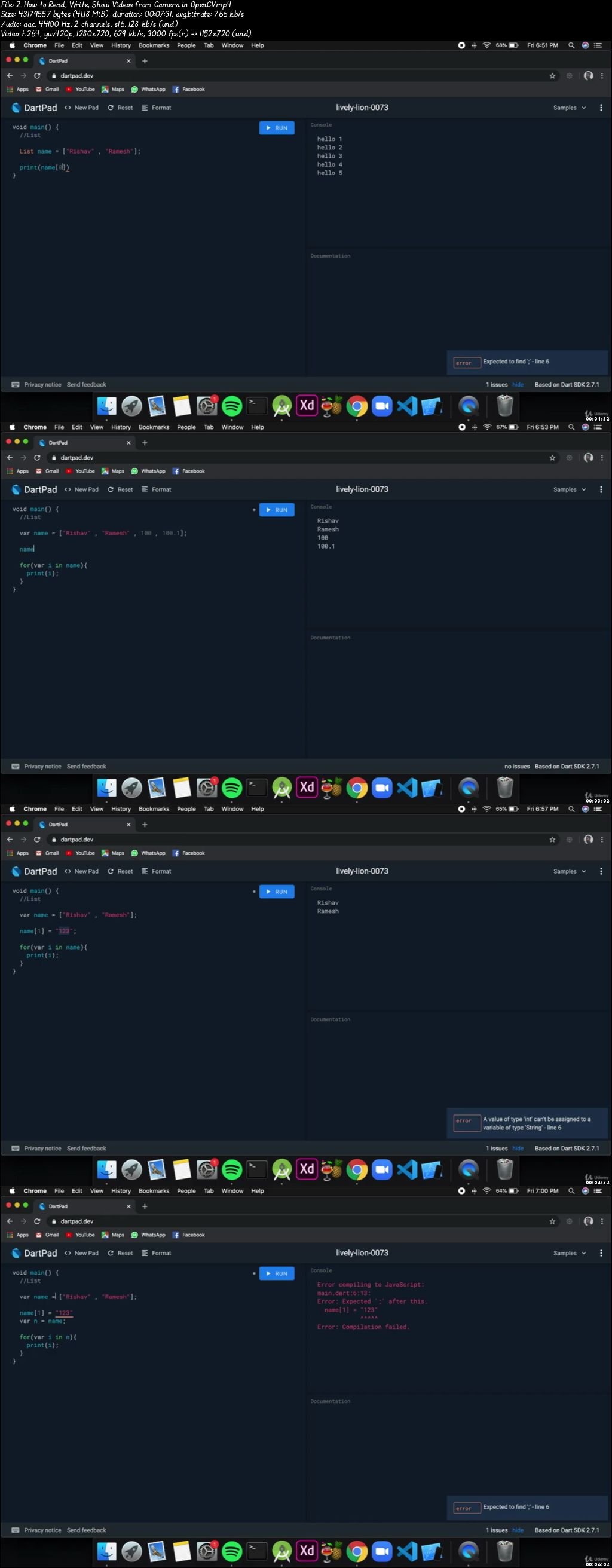

- Panorama stitcher for four images python open cv python mac os x#
- Panorama stitcher for four images python open cv python install#
- Panorama stitcher for four images python open cv python 64 Bit#
- Panorama stitcher for four images python open cv python code#
- Panorama stitcher for four images python open cv python download#
Using the previously calculated Gaussians, compute the Differences of Gaussians:.

Your result should look like scaleSpace.png. You will find the OpenCV function GaussianBlur useful. A stub function for this exercise is scaleSpaceEdges, which will use your previously completed ComputeGradients and ComputeEdges functions to calculate the edges of the resulting images.

A stub function for this exercise is ComputeEdges. Extract the edges from the first-order partial derivatives and the gradient magnitude images using amplitude thresholding.A stub function for this exercise is ComputeGradients. Using convolution with appropriate kernels calculate the approximations of the first and second-order partial derivatives:.
Panorama stitcher for four images python open cv python 64 Bit#
Be careful about the input and output types of the library functions you will use as some of them expect floating point numbers at 32 or 64 bit precision whilst others take in 8 bit integers, be sure to read their documentation carefully. The input image is already smoothed and subsampled using pyrDown function, this is to supress some of the noise.
Panorama stitcher for four images python open cv python code#
It provides function stubs for the helper functions you will need for the exercises, together with the code for loading and storing required images.
Panorama stitcher for four images python open cv python download#
To get started, first download the script week2.py.

The OpenCV and NumPy documentations will come in handy while solving the exercises.
Panorama stitcher for four images python open cv python install#
However, if you know what you are doing, you are welcome to install OpenCV (2.3 or higher) with Python bindings yourself. We encourage you to use the provided virtual machine for solving the exercises. You can also experiment with the interactive Python shell ipython, which can run scripts using the %run script.pycommand. On the virtual machine, you can use gedit (Texteditor) for editing your Python scripts with syntax highlighting, and python.
Panorama stitcher for four images python open cv python mac os x#
The virtual machine (1.1 GB zipped) can be opened with the free VirtualBox software on most operating systems (tested on Windows 7 and Mac OS X 10.7). To spare you the installation effort, we have prepared a fully-functional virtual machine based on Ubuntu. However, the new Python bindings (introduced in OpenCV 2.3) are more accessible and thus used in the following exercises. Unfortunately, it is not trivial to install OpenCV and the first few steps are always quite tricky – particularly using the C or C++ interfaces. This work was created by Christian Richardt and Tadas Baltrušaitis in spring 2012. OpenCV is perhaps the most popular library for computer vision tasks, as it provides optimised implementations of many common computer vision algorithms. The following exercises aim to give you hands-on experience with some common computer vision algorithms.


 0 kommentar(er)
0 kommentar(er)
